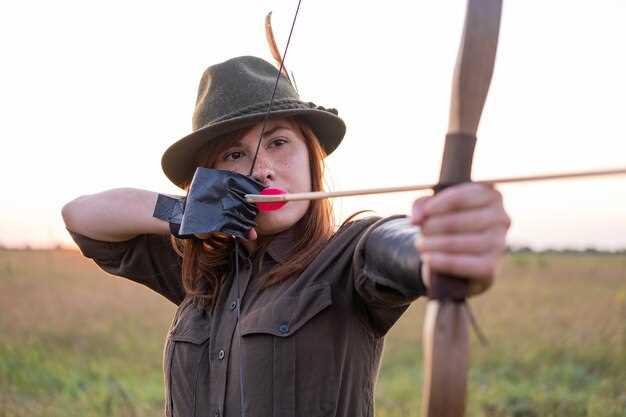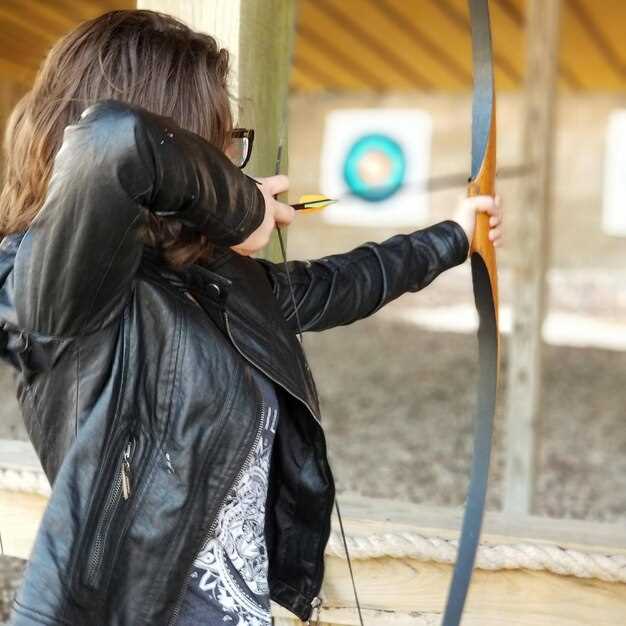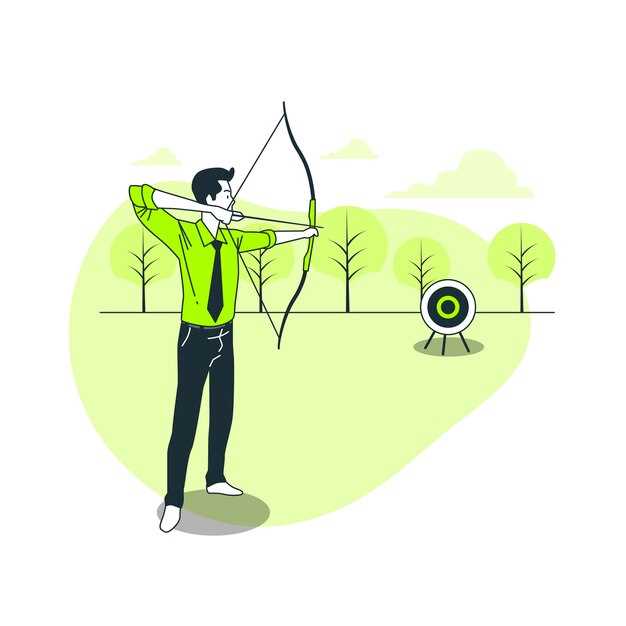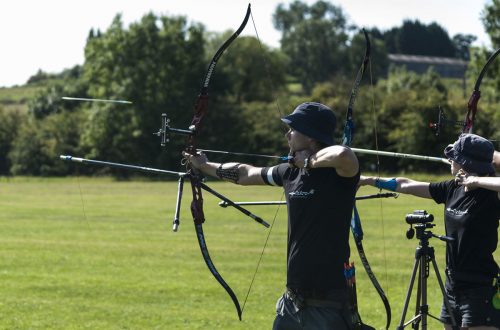
How to adjust your bow for better accuracy

Achieving precision in archery is a combination of skill, technique, and the proper setup of your equipment. One of the most critical elements in enhancing shooting accuracy is the careful adjustment of your bow. A well-tuned bow not only maximizes the potential of your shooting technique but also helps in developing consistency and improving your overall performance.
Understanding the mechanics of your bow is essential in making the right adjustments. Factors such as draw length, brace height, and arrow rest position can significantly affect the flight of your arrow. By fine-tuning these elements, you can ensure that your bow delivers arrows with the accuracy you strive for, allowing you to hit your targets with precision.
In this article, we will discuss various methods for adjusting your bow to enhance shooting accuracy. Whether you are a novice or an experienced archer, understanding how to manipulate these settings will not only refine your skills but also elevate your confidence in the field. Join us as we explore the essential adjustments that can transform your shooting experience.
Analyzing Arrow Flight: Identifying Tuning Needs

Proper arrow flight is crucial for achieving precision with your bow. When arrows fly correctly, they maintain a straight trajectory and impact the target accurately. Analyzing arrow flight can reveal tuning needs that, when addressed, will significantly enhance your shooting performance.
The first step in analyzing arrow flight is observing the arrow’s behavior during and after release. A well-tuned arrow should fly straight with minimal oscillation. If the arrow shows a pronounced arching motion or consistently veers off course, it indicates that adjustments to your bow setup might be necessary.
Variations in impact point can signal that the arrow spine is not properly matched to the bow’s draw weight. If arrows consistently hit high or low, adjusting the nock height can create a more level flight path. Additionally, if grouping is poor, examining the rest setup for misalignment is essential for improving consistency.
Another crucial aspect is checking the vanes or feathers’ orientation. When they are correctly aligned, they stabilize the arrow, promoting a straight flight. If arrows are wobbling or tailing, it may indicate a need for adjustments in the fletching or even the selection of arrow types suited for your bow configuration.
Finally, ensure that the bow itself is tuned correctly. This includes checking brace height and cam timing, as any discrepancy can affect arrow release and, ultimately, its flight. A well-tuned bow in harmony with the right arrow setup leads to enhanced shooting precision, making thorough analysis and tuning essential for any archer striving for accuracy.
Step-by-Step Process for Bow Tuning Adjustments

To achieve the highest level of precision in your shooting, it’s essential to tune your bow correctly. The tuning process involves several systematic adjustments that enhance the bow’s performance and improve overall accuracy.
Begin by checking the bow’s overall setup. Ensure that all components, including the rest, nocking points, and sight, are securely installed and aligned. A stable platform is crucial for making accurate adjustments.
Next, verify the bow’s draw weight and draw length settings. Adjust these according to your personal preferences and physical capabilities to enhance comfort and control when shooting.
Proceed to the arrow rest adjustment. Ensure the rest is level when the bow is at full draw. A level rest will allow for better arrow flight. You may need to make minor height and lateral adjustments based on the arrow’s spine and your shooting style.
Then, focus on nocking point placement. A nocking point that is too high or too low can lead to inconsistencies in arrow flight. Make small adjustments and test fire to find the optimal position that promotes straight arrow flight.
After that, check the cam timing. Well-timed cams contribute to better arrow speed and lower noise. Use a bow square to ensure the cams are synchronized when drawn. Adjust the yoke system if needed to achieve optimal performance.
Once these adjustments have been made, perform paper tuning to analyze the arrow’s flight behavior. This involves shooting through a piece of paper and examining the tear. Adjust the rest and nocking points based on the results to correct any issues.
Finally, conduct a walk-back tuning session. Shoot arrows at varying distances to ensure consistent accuracy. Adjust your sight and make final tweaks to the bow based on performance at different ranges.
Consistently follow this step-by-step process for bow tuning adjustments to enhance your shooting precision and enjoy improved accuracy with every shot.
Testing Your Adjustments: Ensuring Optimal Performance
To achieve the highest level of precision in your archery practice, testing your adjustments is essential. After making changes to your bow, whether it be tuning the sight, modifying the arrow rest, or altering the draw weight, you should evaluate how these adjustments impact your shooting accuracy.
Begin by selecting a consistent shooting distance, ideally one that matches your target practice scenarios. Use a stable stance and focus on your form to eliminate variables. Take several shots to establish a baseline for your accuracy. This baseline will help you determine whether your recent adjustments have improved or hindered your performance.
After shooting your baseline, analyze the grouping of your arrows. A tighter grouping signifies improved precision, while scattered arrows indicate a need for further adjustments. Pay attention to any patterns in your shots; if arrows consistently veer off in one direction, it may suggest that your sighting needs recalibration or that your bow’s draw weight is not optimal for your shooting style.
Consider also utilizing tools such as a bow scale or a level to ensure that your adjustments are precise. This equipment provides valuable feedback on the mechanical aspects of your bow setup, allowing you to refine your adjustments more methodically. Additionally, using a chronograph can help you assess arrow speed and consistency, giving insight into how changes affect overall performance.
Repeat the testing process after making further adjustments. Continuous evaluation allows for gradual improvements in shooting precision. Document your findings from each testing session to track how different adjustments influence your accuracy over time. By systematically testing and refining your bow, you’ll ensure optimal performance and enhance your overall shooting experience.




